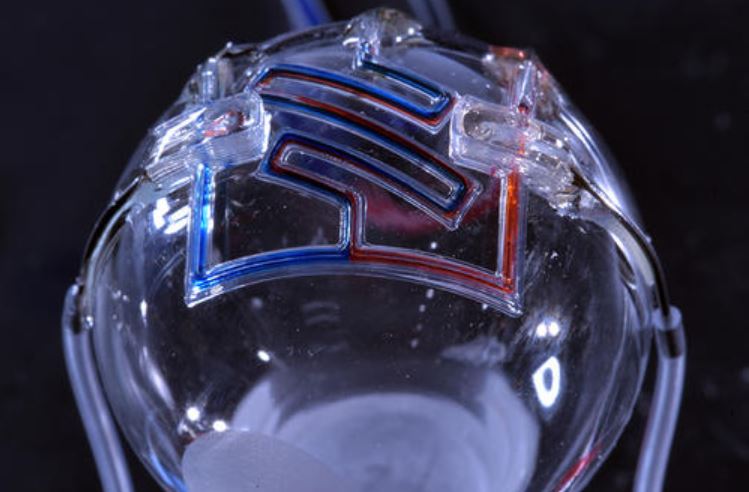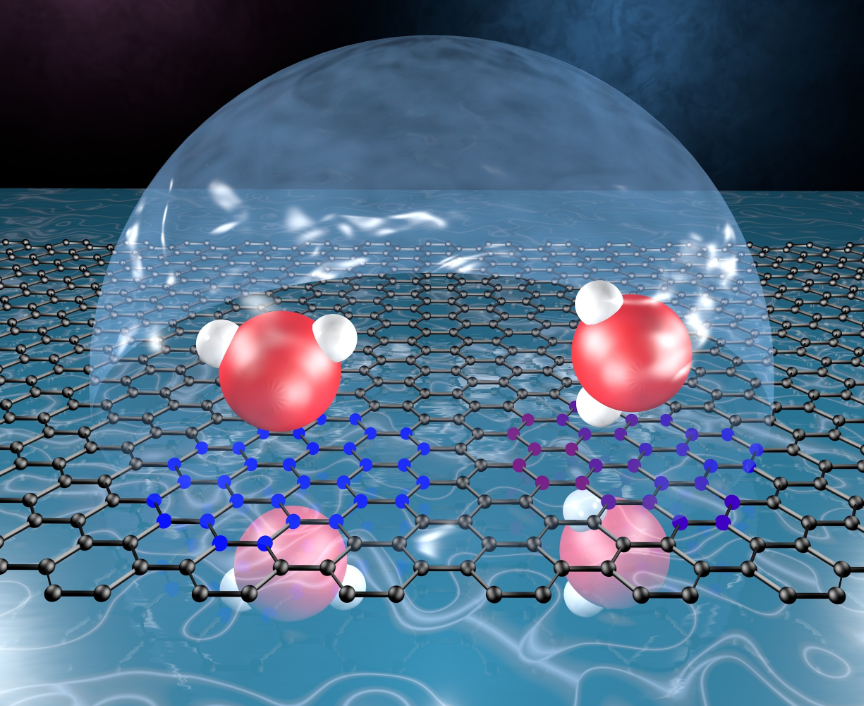
In a groundbreaking new study, researchers at the University of Minnesota, in collaboration with the U.S. Army Combat Capabilities Development Command Soldier Center, have 3D printed unique fluid channels at the micron scale that could automate production of diagnostics, sensors, and assays used for a variety of medical tests and other applications.
The team is the first to 3D print these structures on a curved surface, providing the initial step for someday printing them directly on the skin for real-time sensin...
Read More









Recent Comments